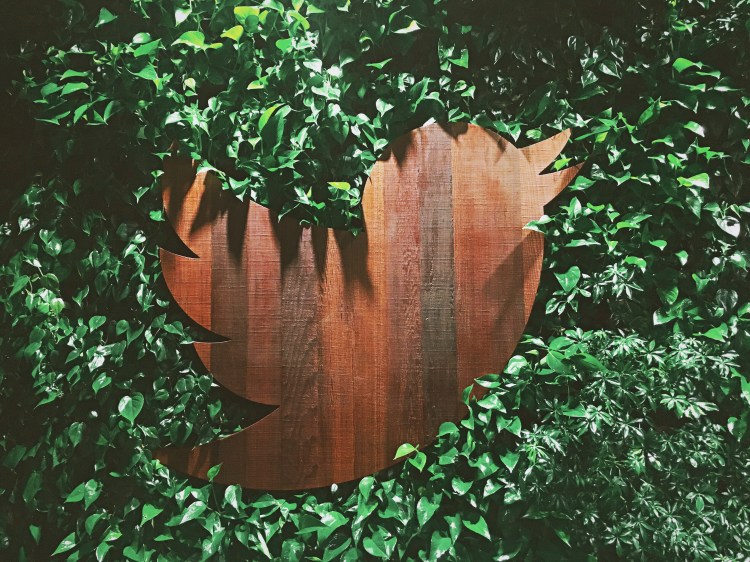Twitter today released the results of its fourth quarter 2015 earnings. It announced that in the prior three months ending December 31, it had revenue of $710 million and an earnings per share of $0.16.
Much of its revenue came from advertising, which was $641 million, an annual increase of 48 percent. As has been the trend, over three-quarters of it came from the mobile space, although there was a 2 percent drop year-over-year, from 88 percent in 2014 to 86 percent in 2015.
Wall Street analysts had anticipated approximately $710 million in revenue and $0.12 earnings per share. The company’s stock dropped 5.94 percent in after-hours trading. It had closed the day up 4.03 percent at $14.98.
To say that Twitter is in trouble would be an understatement as the company has seen no growth in monthly active users this quarter. This certainly has Wall Street analysts worried and could likely affect interest from advertisers. In its shareholder letter, the company announced that in 2015, it made efforts to improve its appeal among brands, including expanding direct response objectives, adding native video capabilities, and more.
June 5th: The AI Audit in NYC
Join us next week in NYC to engage with top executive leaders, delving into strategies for auditing AI models to ensure fairness, optimal performance, and ethical compliance across diverse organizations. Secure your attendance for this exclusive invite-only event.
More than 130,000 active advertisers are now marketing on the platform, an increase of almost 90 percent annually. Most of them are from small and medium-sized businesses. “We expect that SMB growth will continue as we improve our product, making it faster and easier to run campaigns and improve our direct response tools,” Twitter said.
The company didn’t provide a breakdown on the average revenue per user (ARPU). However, quarterly advertising revenue continued to grow annually across both the United States and overseas, 48 percent and 49 percent, respectively.
Twitter has been in some turmoil over the past quarter, stemming from the massive departures of senior executives, including the ones responsible for product, media, engineer, and human resources. It has spent the past few quarters trying to come up with a compelling reason for people to use the service, including launching television ads during Major League Baseball’s World Series.
To combat this, Twitter today rolled out a new algorithmic timeline that essentially was an extension of its “while you were away” feature, with similarities to Facebook’s news feed. The move is geared to show new users the power of the service and comes days after the community rallied against reported plans to implement a different version of the timeline — something that Twitter chief executive Jack Dorsey explained wasn’t coming right away.


